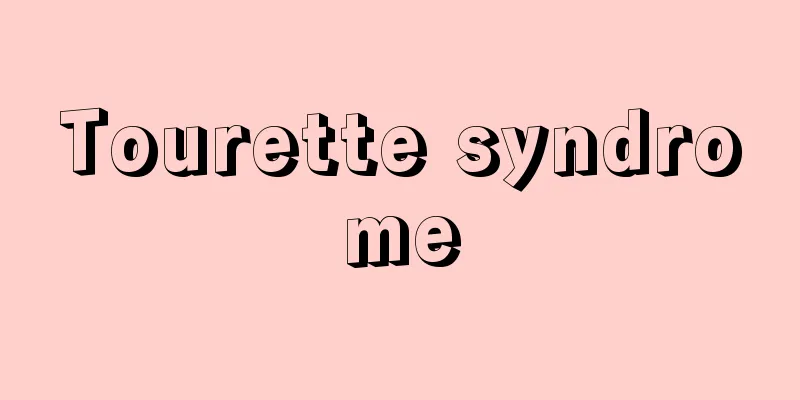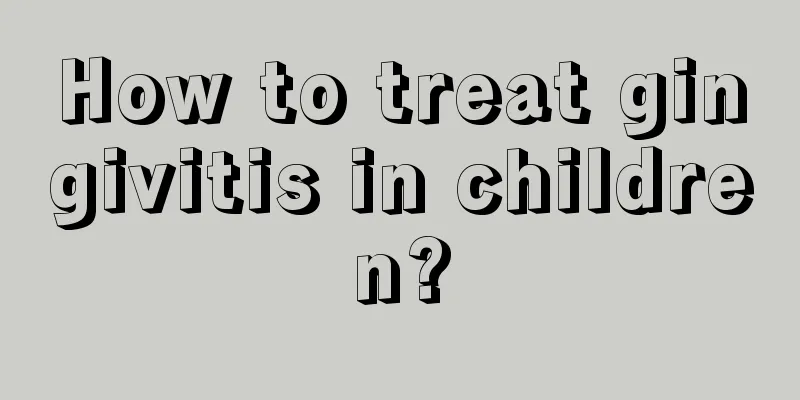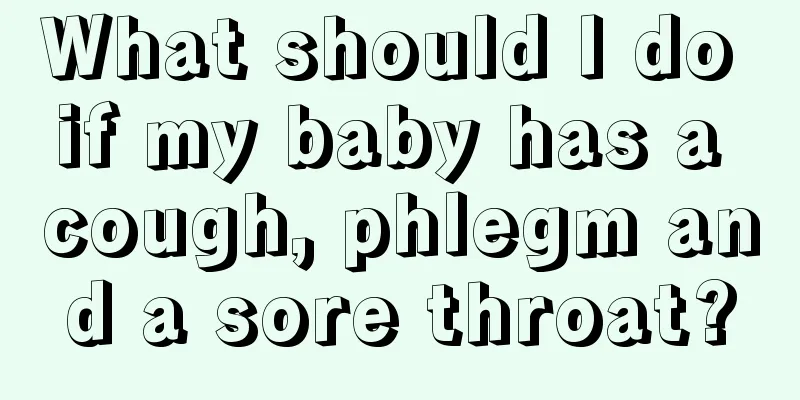Tourette syndrome

|
Tourette syndrome is a type of mental illness recognized in Western medicine. This disease usually occurs in children, and the incidence rate in boys is much higher than that in girls. Traditional Chinese medicine believes that Tourette syndrome has nothing to do with mental illness. This disease is mainly caused by venous disorders, and the incidence rate among children in cities continues to increase. Although this disease will affect children's behavior, in most cases it is short-term and the disease is likely to be cured as they grow older. 1. Tourette Syndrome Tourette syndrome, also known as Tourette syndrome, is a syndrome characterized by multiple involuntary tics, language or behavioral disorders. The disease usually occurs between the ages of 3 and 15, and is more common in males than in females. Western medicine believes that tics are chronic mental illnesses. During the Qing Dynasty, famous doctors in traditional Chinese medicine believed that "tics have nothing to do with the mind, but are actually caused by meridian disorders, triple burner obstruction, and yin and yang enmity." Tourette syndrome is common in school-age children. With the changes in living environment and the intensification of social reforms, the incidence of tics in children has continued to increase, especially among urban children. Clinically, tics are usually divided into motor tics and vocal tics based on different manifestations. Most tics are short-lived and tend to stabilize in adulthood, even completely resolving in some patients. 2. Clinical classification 1. Acute simple Most of the initial symptoms of tics are simple, involuntary motor tics, and very few are simple vocal tics. Common eye and facial tics include blinking, squinting, rolling eyes, biting lips, opening mouth, nodding, shaking head, stretching neck, shrugging shoulders, etc. A few simple vocal tics present as repeated coughing, throat clearing, and humming. Symptoms may fluctuate and move from one site to another over weeks or months. The disease usually occurs before the age of 12, and the most common symptom is blinking. Symptoms last for 2 weeks to 1 year and then disappear naturally. Physical examination, including neurologic examination, is usually unremarkable. 2. Chronic simple Most cases occur before the age of 15, but rarely in adults. Some of them continue into adulthood. Chronic simple tics are manifested as one or two groups of muscle twitches without much variation. It lasts a long time and can exist for life. 3. Subacute or persistent Can be seen in childhood and adolescence. In simple cases, one or two groups of muscle twitches last for more than one year and disappear naturally during puberty. For those with multiple tics and vocalizations, it is not certain whether the symptoms will disappear by puberty. This needs to be distinguished from Tourette syndrome. 4. Multiple tics Tourette syndrome The above classification is not complete, especially there is some confusion between type 3 and type 4. |
<<: Which department should children with bed-wetting go to?
>>: What to do if your child has otitis media
Recommend
Can babies eat winter dates? Can children eat winter dates?
Winter dates are also a type of date. Their appea...
Are swollen lymph nodes in the neck benign or malignant?
Swollen lymph nodes in the baby's neck are mo...
What should I do if my baby is allergic to cow's milk protein?
Nowadays, some parents usually give their babies ...
How to care for allergic rash in children?
Children have fragile bodies, poor immunity, and ...
What to do if your child likes to bite his lower lip
Every parent hopes that their children can mainta...
What should I do if my child gets a bump on his head after falling?
After children learn to walk, they often play and...
A Complete Spring Recipe for Children to Grow Taller
Spring is the best time for children to grow, so ...
How to deal with baby's fever and sweating
In fact, when a baby has a fever, some parents wh...
What are the specific effects of anemia in children?
Everyone must know about anemia. Nowadays, many c...
Why does a three-year-old baby grind his teeth at night?
Babies love to grind their teeth, and parents are...
What kind of soup is suitable for babies in spring?
The Spring Festival has just passed, and many of ...
What medicine should children take for abdominal pain
In our lives, many children are prone to gastroin...
Will children develop rashes when they have a fever?
The thing that parents fear most is that their ch...
Baby eyeliner to judge eye size
Basically, most people hope to have a pair of bri...
What causes knee pain in children?
As we all know, children are prone to symptoms su...









